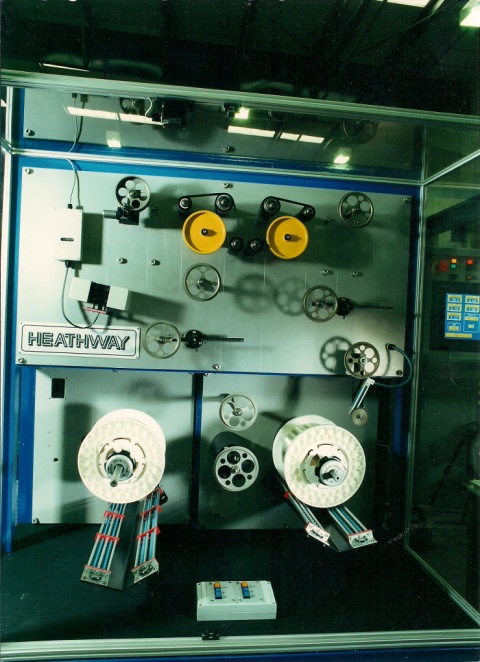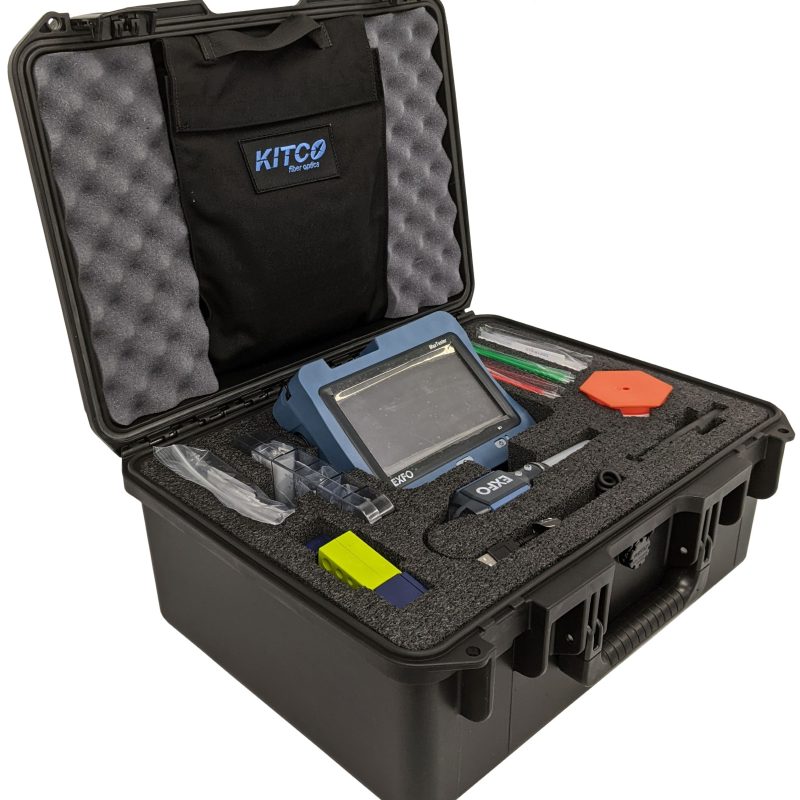All You Need to Understand About Robotic Vision and Its Applications in Advanced Optical Measurement Equipments
Robotic vision represents a considerable improvement in the crossway of computer system vision, expert system, and artificial intelligence. This technology enhances the precision of optical measurement systems, making it possible for real-time data analysis and boosted quality control. Its influence spans multiple industries, from manufacturing to medical care. However, the developing landscape of robotic vision elevates concerns about future capacities and applications (fibre testing equipment). What innovations lie ahead in this transformative field?
Recognizing Robotic Vision: Trick Concepts and Technologies
Robotic vision incorporates the modern technologies and methods that allow devices to interpret and understand visual information from their atmosphere. This field integrates elements of computer system vision, man-made knowledge, and device knowing to promote automated decision-making based upon aesthetic information. Key ideas include image handling, which includes the improvement and analysis of photos to draw out significant functions, and item acknowledgment, which permits devices to determine and categorize objects within a scene.

The Integration of Robotic Vision With Optical Dimension Equipments
As markets increasingly require accuracy and performance, the combination of robotic vision with optical measurement systems has arised as a transformative technique. This harmony permits robots to view and analyze their environments, improving the ability of optical dimension systems to analyze and assess things with unrivaled precision. By equipping optical sensors with advanced imaging modern technologies, robot vision makes it possible for real-time data collection and handling, assisting in prompt adjustments to measurement parameters.
The mix empowers automated systems to spot variations in measurements, surface area top quality, and positioning, which are important in high quality control processes. Boosted formulas, such as machine knowing, more augment this assimilation by boosting the systems' ability to adjust to different atmospheres and circumstances. As a result, the assimilation not just simplifies measurement processes however likewise reduces errors, making sure that products satisfy rigorous sector requirements, therefore solidifying the duty of robot vision in the future of optical measurement systems.
Applications of Robotic Vision in Production
In contemporary manufacturing settings, the usage of vision systems has changed production processes by allowing machines to carry out tasks with remarkable accuracy and speed. Robotic vision systems are increasingly used for quality assurance, where they inspect products for defects and warranty adherence to specs. These systems make use of cameras and advanced algorithms to analyze products in real-time, considerably reducing the threat of human mistake.
Additionally, robotic vision promotes automation in assembly lines, permitting robotics to precisely recognize elements and construct them with very little downtime. This technology also enhances stock administration, as vision Continued systems can check supply degrees and spot disparities, assuring a seamless supply chain.
Additionally, robotic vision help in the implementation of wise manufacturing facilities, where data from vision systems can be incorporated with various other modern technologies to enhance workflows. Overall, the applications of robot vision in producing show its important function in enhancing effectiveness, quality, and performance across numerous sectors
Robotic Vision in Medical Care: Reinventing Individual Care

In recovery, robotic vision aids in monitoring individual progress and tailoring therapy sessions to specific demands. It sustains physician by automating tasks such as information collection and person monitoring, enabling more why not try this out time to concentrate on straight person communication. Additionally, robot vision enhances telemedicine by allowing remote medical diagnosis and online appointments, linking the space between individuals and doctor. In general, the application of robot vision in healthcare is revolutionizing person treatment, causing improved end results, effectiveness, and patient satisfaction.
Future Patterns and Advancements in Robotic Vision Technology
The quick evolution of robot vision technology assures to even more improve its applications throughout numerous industries, including health care. Future fads show a substantial shift towards including expert system and artificial intelligence, enabling systems to discover from substantial datasets and improve precision with time. Enhanced sensor modern technologies and deep discovering algorithms are expected to fine-tune things acknowledgment abilities, permitting robotics to interpret complicated atmospheres better.

The integration of increased reality (AR) with robotic vision will likely reinvent just how robotics aid in medical treatments and diagnostics. This synergy will certainly facilitate real-time data visualization, improving decision-making procedures. Furthermore, miniaturization of components will result in more small and flexible robot vision systems appropriate for a selection of jobs. As these advancements unravel, sectors will certainly witness increased automation and performance, strengthening robot vision as a cornerstone of cutting-edge technical remedies.
Regularly Asked Concerns
What Are the Key Parts of a Robot Vision System?
The major elements of a robotic vision system include cameras for photo capture, cpus for data analysis, formulas for analysis, and actuators for activity. Together, these elements enable robots to perceive and interact with their environment properly.
Just How Does Robotic Vision Improve Accuracy in Measurements?
Robotic vision enhances measurement accuracy by utilizing innovative imaging innovations, enabling exact things detection and spatial evaluation. This ability decreases human mistake, boosts repeatability, and allows for real-time changes, eventually improving total measurement reliability and effectiveness.
What Industries Advantage The Majority Of From Robotic Vision Modern Technology?
Numerous sectors profit significantly from robotic vision innovation, consisting of production, healthcare, agriculture, and logistics. These fields make use of boosted accuracy, effectiveness, visit here and automation, causing boosted efficiency and decreased operational costs in their respective processes.
Can Robotic Vision Equipments Job in Low-Light Issues?
Robotic vision systems can undoubtedly operate in low-light problems, utilizing innovative sensors and algorithms to boost image clearness. This ability enables them to do efficiently in numerous settings, including industrial and surveillance applications, despite marginal lighting.
What Are the Prices Connected With Carrying Out Robotic Vision?
The prices connected with applying robot vision differ considerably, influenced by parts such as cameras, software, and integration. Additional expenses consist of upkeep, training personnel, and potential upgrades to existing systems, which can accumulate over time.